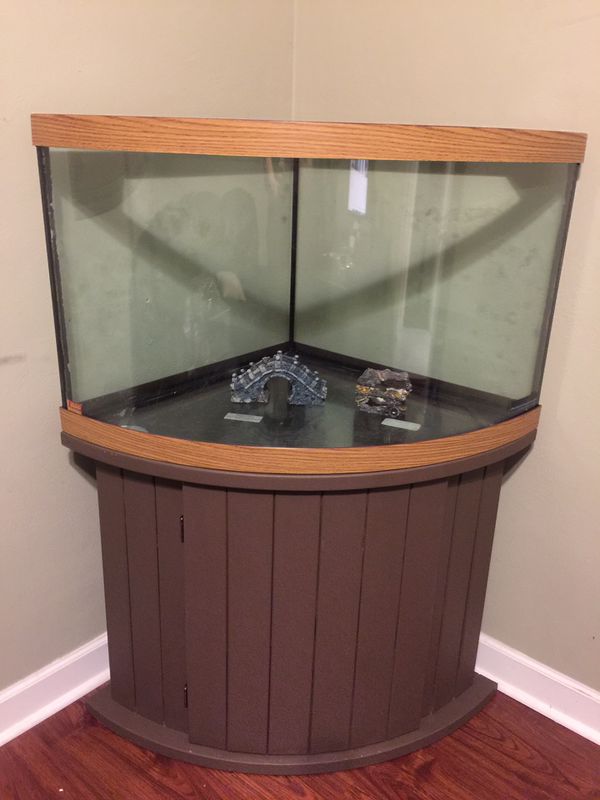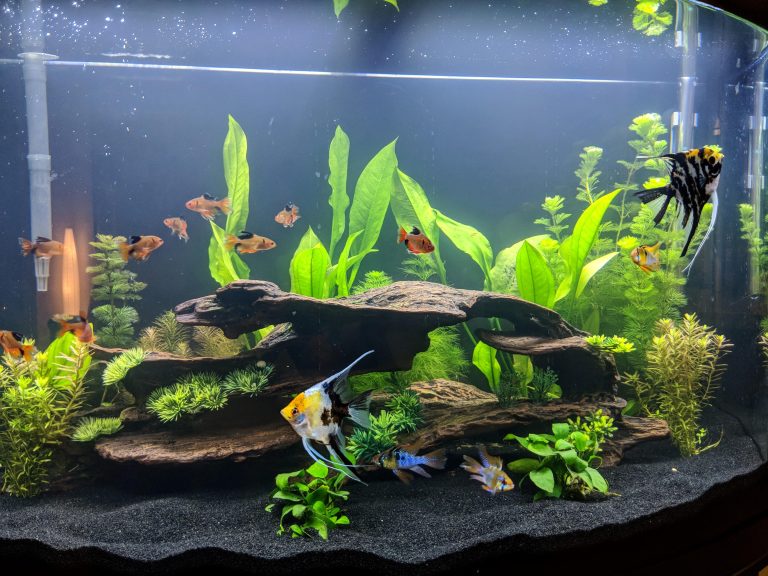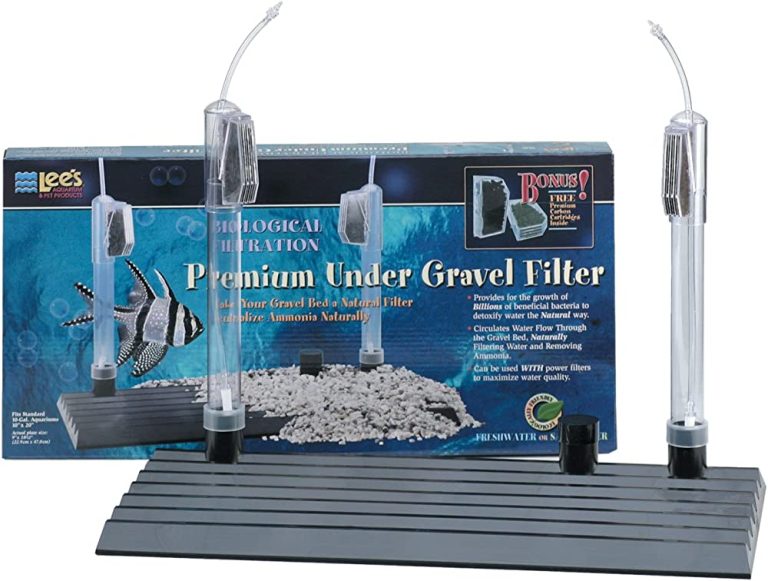Does Sand Raise Ph In Aquarium
Does sand raise pH in an aquarium?
If you are an aquarium enthusiast, you may have heard conflicting information about using sand as a substrate in your tank. One common concern is whether sand can raise the pH level in an aquarium. In this article, we will explore this question and provide you with a comprehensive answer.
Using sand as a substrate in an aquarium can indeed affect the pH level, but it may not always lead to an increase. The impact of sand on pH depends on various factors such as the type of sand, buffering capacity, and the existing water conditions in your tank. Let’s dive deeper into each of these aspects to gain a better understanding.
Type of Sand
Not all sands are created equal when it comes to their effect on pH. Some sands, like aragonite sand, have high buffering capacity and can raise the pH level of the water. Aragonite sand is composed of calcium carbonate, which acts as a natural buffer and helps maintain a higher pH level. This type of sand is commonly used in marine and reef aquariums where a higher pH is desired to mimic natural coral reef environments.
On the other hand, silica sand, commonly found in freshwater aquariums, has a minimal effect on pH. Silica sand does not contain calcium carbonate and, therefore, does not contribute to pH changes. If you are using silica sand in your aquarium, you are less likely to see any significant fluctuations in pH due to the sand itself.
Buffering Capacity
The buffering capacity of the water in your aquarium also plays a crucial role in determining whether sand will affect the pH. Buffering capacity is the ability of water to resist changes in pH. Water with a high buffering capacity can maintain a stable pH level, even when exposed to substances that can potentially raise or lower pH.
If your aquarium water has a low buffering capacity, the pH may be more susceptible to changes caused by the introduction of sand. In this case, the use of sand with a high buffering capacity, such as aragonite sand, can lead to an increase in pH.
Existing Water Conditions

The pH level in your aquarium is influenced by various factors, including tap water parameters, livestock, and the cycling process. It is essential to consider these factors when determining the impact of sand on pH. For example, if your tap water already has a high pH, using sand with a high buffering capacity can further increase the pH level. Conversely, if your tap water’s pH is low, using aragonite sand can help raise it to a more suitable level for certain species.
Additionally, the presence of livestock in your tank can also affect pH. Some species, such as African cichlids, prefer a higher pH, while others, like Amazonian tetras, thrive in a lower pH environment. Understanding the pH requirements of your fish and selecting the appropriate sand can help create an optimal and stable pH level in your aquarium.
Frequently Asked Questions
Q: Can I use sand to lower the pH in my aquarium?
While sand itself may not directly lower the pH in your tank, it can be used in conjunction with other methods to achieve a desired pH level. For example, incorporating materials like driftwood or adding peat moss to the substrate can help lower the pH gradually over time.
Q: How can I test the pH level in my aquarium?
To test the pH of your aquarium water, you can use a pH testing kit or pH meter. These tools are readily available at most pet stores and provide a simple and accurate way to monitor the pH level. Regular testing is essential to ensure the pH remains within the desired range for your specific aquarium setup.
Q: Are there any other factors that can affect the pH in an aquarium?
A: Yes, several other factors can influence pH in an aquarium. These include water hardness, dissolved minerals, the presence of plants or algae, and the use of certain medications or treatments. It is important to consider these factors holistically when assessing and maintaining the pH level in your tank.
Final Thoughts
In conclusion, using sand as a substrate in your aquarium can impact the pH level, but it will depend on the type of sand, buffering capacity, and existing water conditions. Understanding the needs of your fish species and conducting regular water testing are crucial for maintaining a stable and suitable pH level in your aquarium.
While sand with high buffering capacity like aragonite sand can raise the pH, it is not the sole factor responsible for pH fluctuations. By considering all the contributing factors and making informed choices, you can create a thriving aquatic environment for your fish. So, go ahead and choose the right sand substrate for your aquarium, keeping in mind the specific requirements of your aquatic inhabitants. Happy fish-keeping!






